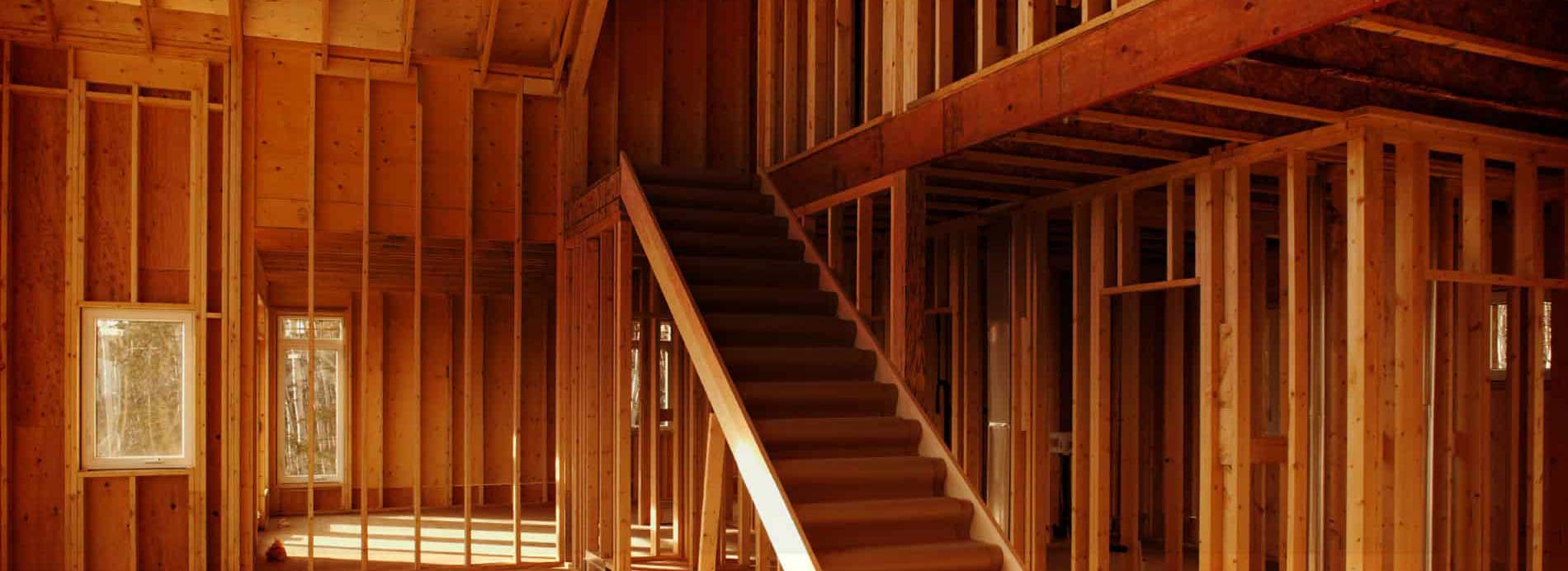8 Construction Technology Trends to Watch for in 2020
Would it surprise you to learn that construction technology was not an active tech market until recently? Studies still point to construction as one of the least digitized sectors.
The construction industry accounts for about 13 percent of the global GDP. It is one of the largest industries in the world, but also one of the most stagnant and least efficient. The productivity growth rate over the past 20 years is only around 1 percent.
As different types of construction technology become more accessible, the industry’s landscape and contributions to the economy could change dramatically.
Why Should You Pay Attention to Construction Technology News?
Although the construction industry is traditionally slow to change, productivity and applied innovation are on the rise.
Construction technology startups have been investor favorites for the past few years. In the U.S., overall funding received by startups of this type reached more than $3 billion in 2018—over 300 percent more than the year before.
Resistance to modernization has already started to slowly dissipate. As older generations retire, they are naturally replaced by younger workers who are Internet savvy and dependent on technology.
What Types of Construction Technology Can Affect Upcoming Industry Trends in 2020?

None of these advancements will be unfamiliar to those that follow construction technology news. Most have been trending for years, and likely remain trending due to building entities not treating them as industry standards right away.
1. The Design-Build Approach
The design-build approach hinges on clients being able to contract a sole entity to compose, plan and construct a project. Streamlining the process results in shorter timelines and lower costs.
Moving away from a design-bid-build approach is gaining popularity. Design-Build Institute of America co-founder, Preston Haskell, asserted during the organization’s 25th-anniversary event that design-build was no longer an alternative method, but rather an advantageous and viable option from the start.
2. Sustainability in Resources
The construction industry is focusing more on sustainability and resource efficiency. Because the sector is responsible for one-fifth of all global emissions, laws, and policies have begun to steer the construction industry in this direction.
In terms of concrete trends, there’s aiming for LEED certification, but also incorporating renewable energy and sustainable practices into projects to boost the longevity of structures. Expect to see more vertical forests, solar panels, and low- or zero-carbon housing options.
3. Modular Construction and Prefabricated Components
The modular and prefab market is projected to experience a compound growth rate of almost 7 percent annually. It is worth a little more than $112 billion now, but the value by 2023 will be $157 billion.
Offsite prefabrication lowers material costs and reduces lead time. The allure is in the consistent quality, time saved and the fact that leftover materials can be 100 percent recycled or used in future projects. Modular construction also causes less disruption and impact on the area surrounding the project.
4. Building Information Modeling (BIM), Virtual Reality (VR) and Augmented Reality (AR)
BIM streamlines planning, reduces project delays, prevents budget overspending, and increases quality control with ease. Adopting the trend is transformative and can radically change the way a company designs and builds structures.
VR and AR complement BIM in that they can present computer-aided design in a tangible and easily understood manner. Training staff to use special equipment or running them through safety drills by employing VR and AR may also be standard in the future.
5. Robotics and Automation
Automated rovers can take more accurate measurements and make more detailed observations. They may also keep going if the job site is unstable, high risk or otherwise dangerous for humans.
Robotics can also do for construction what it has done for the assembly line. Modern technology will keep on pushing robots to handle more complicated tasks, but for now, they are relegated to actions like bricklaying and moving earth. Even these are impressive, as the robots work more than five times faster than skilled laborers.
6. Commercial Drones
Drones aren’t new, but access to them has opened only recently. The Low Altitude Authorization and Notification Capability (LAANC) opened up 99 percent of airspace in the U.S. to drones just this year. Flight approval used to take months, but now it can take minutes or even seconds.
Taking aerial job site photos used to be expensive and difficult. These days, they are affordable and more useful. Software can help with mapping, surveying, analysis, heat imaging and more, and it’s becoming more and more affordable and accessible for small businesses to utilize.
7. 3D Printing
In 2018, a French family became the first to live in a 3D-printed house. This year, China opened the longest 3D-printed bridge in the world. The latter took only 450 hours to produce, costing one-third the amount it would have taken to build a traditional bridge in Shanghai.
3D printing is cost-effective, fast, sustainable and allows for finer designs. The market for this technology was worth $300,000 in 2017 but is said to currently enjoy a compound growth rate of more than 300 percent annually. Its value is projected to surpass $1.4 billion by 2023.
8. More Advanced Materials
The most high profile of these is self-healing concrete. It repairs holes and cracks through self-activating bacteria that can produce limestone to fill in spaces that affect its structural integrity. Micro-encapsulated agents like polyurethane or epoxy may also soon be added to a variety of building materials to mimic the same sort of self-repair process as a much broader scale.
Other materials to watch out for are transparent aluminum, carbon nanotubes, and more durable solar tiles.
What Else Can You Do to Future-Proof Your Building Company’s Projects?
Most home builders offer warranties to go with the houses they build. Many choose to work with third-party companies providing warranty plans that are more convenient for both them and their clients.
Get a warranty quote from Residential Warranty Company, LLC today! RWC’s warranty plans come with a variety of coverage options nationwide.




